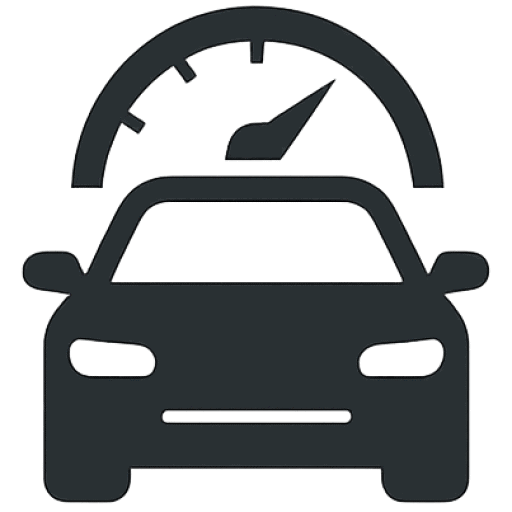If you’ve just financed or leased a new car, chances are someone mentioned “GAP insurance.” You may have nodded politely without fully understanding what it is or whether you actually need it.
Let’s break down exactly what GAP insurance is, who it’s for, when it makes sense, and when you can skip it.
🚘 What Is GAP Insurance?
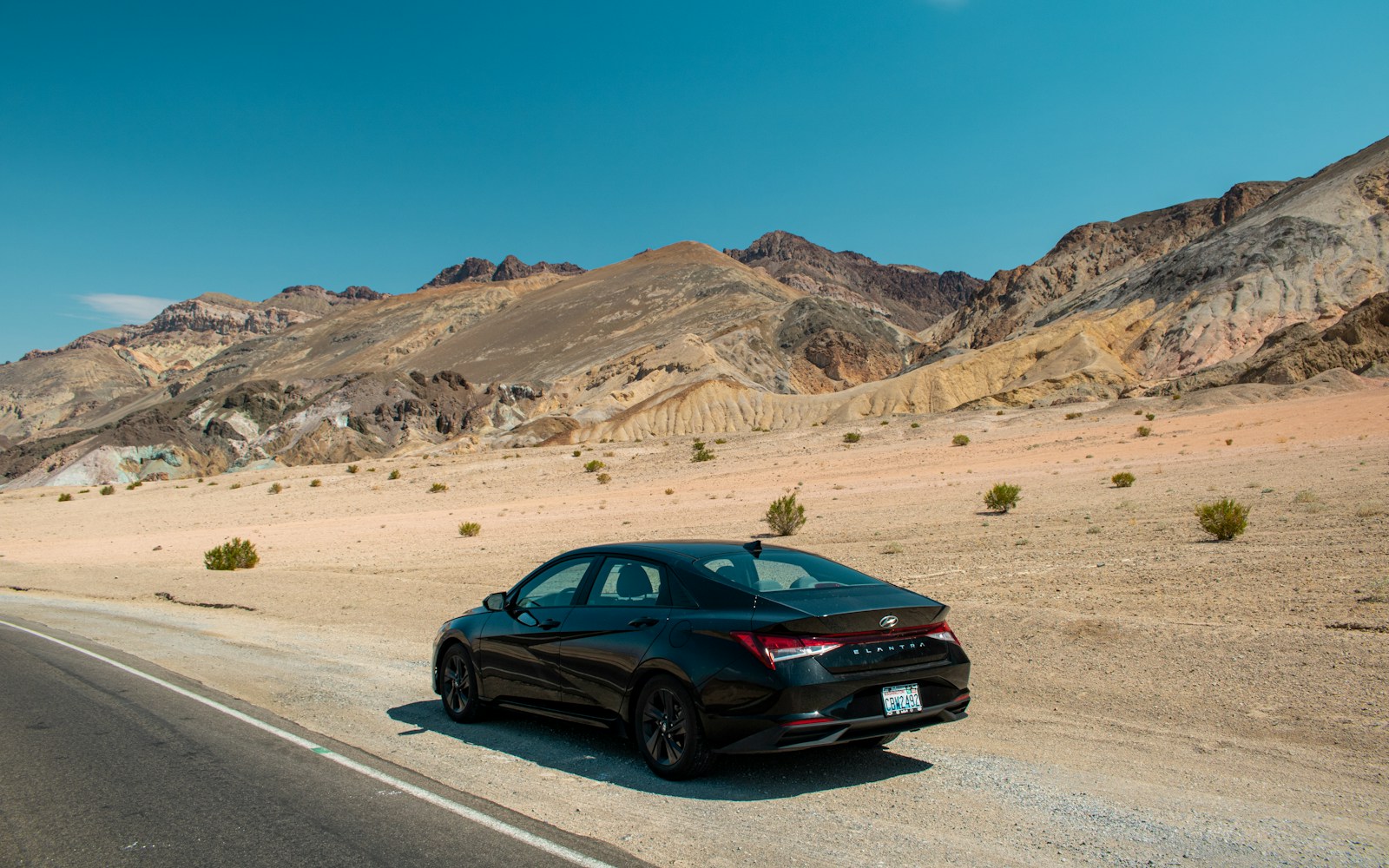
GAP stands for Guaranteed Asset Protection. It’s an optional car insurance add-on that covers the “gap” between what you owe on your auto loan or lease and what your car is actually worth if it’s totaled or stolen.
Here’s how it works:
- Let’s say your car is worth $20,000 today.
- But you still owe $25,000 on your loan.
- If your car gets totaled, your regular insurance will only pay $20,000 (minus your deductible).
- You’re left with a $5,000 gap — and that’s where GAP insurance comes in. It pays the difference.
💥 Real-Life Example

You finance a brand new $32,000 SUV. A year later, someone runs a red light and totals your car. Due to depreciation, the actual cash value (ACV) of your SUV is now $25,000.
Your insurance pays $25,000.
But you still owe $29,000 on your loan.
Without GAP insurance, you’d owe $4,000 out of pocket for a car you can no longer drive. With GAP insurance, you’re covered.
🛑 What GAP Insurance Doesn’t Cover
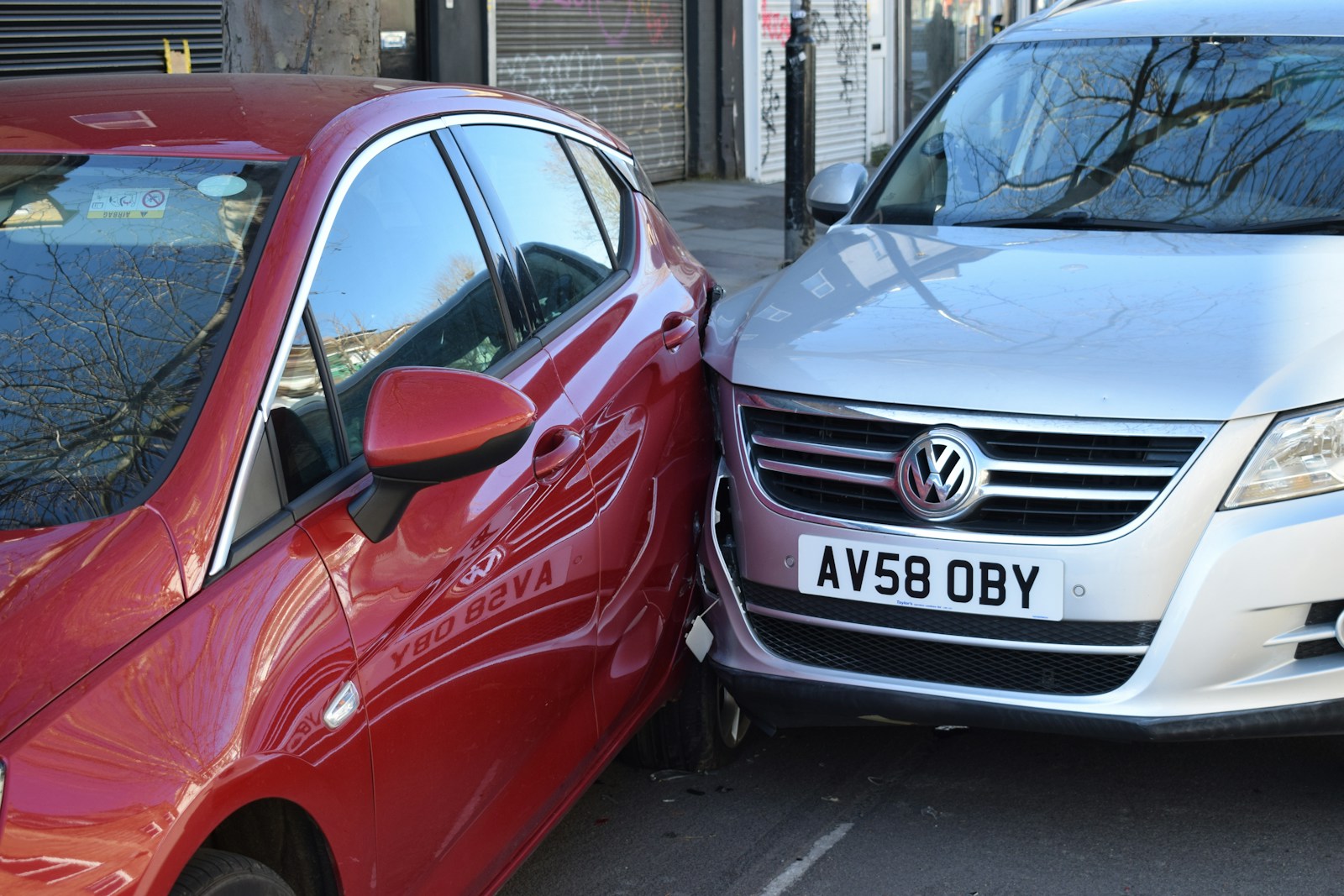
It’s important to know what GAP does not cover:
- Your deductible (unless bundled with a waiver)
- Repairs if the vehicle isn’t totaled
- Missed loan payments
- Extended warranties or late fees
- Down payments for a new vehicle
GAP insurance strictly covers the loan payoff difference if your car is declared a total loss.
🧠 Who Really Needs GAP Insurance?

GAP insurance is not for everyone. But it’s highly recommended if:
✅ You leased your car
Most leases require GAP insurance by default. You may already be paying for it as part of your lease agreement.
✅ You made a small down payment
If you put less than 20% down, you’re more likely to owe more than your car is worth for the first few years.
✅ You have a long loan term
A 72- or 84-month loan stretches your payments thin and keeps you underwater longer.
✅ You bought a car that depreciates fast
Luxury vehicles and some brands (like Nissan or Kia) depreciate faster than average, making GAP more valuable.
✅ You rolled over negative equity
If you traded in a car with a loan balance and added it to your new loan, you’re at even more risk.
❌ Who Might Not Need GAP Insurance?
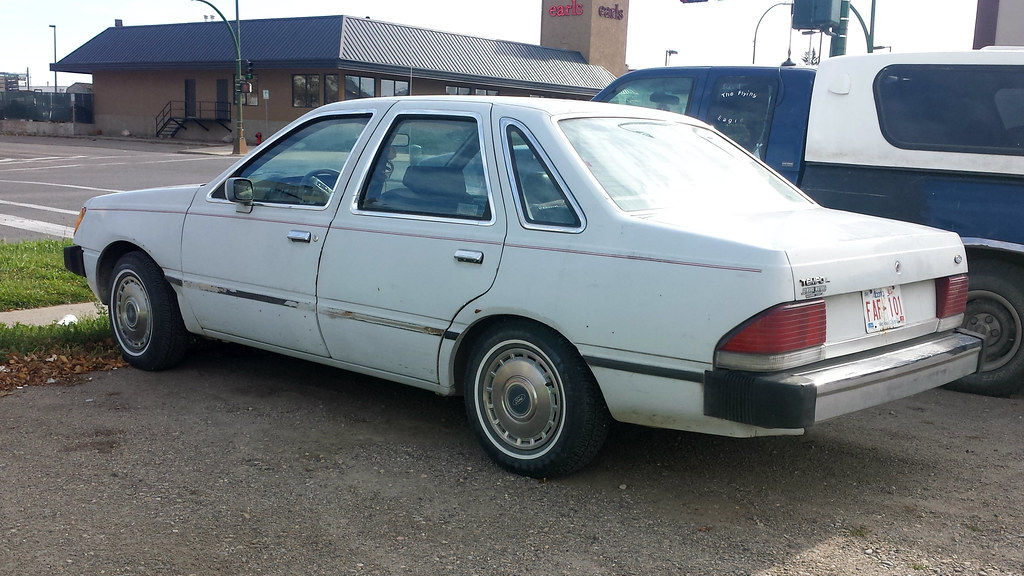
You can probably skip GAP insurance if:
- You bought your car with cash
- You put a large down payment (20% or more)
- You’re nearing the end of your loan
- Your car holds its value well (like a Toyota or Honda)
- You could afford to cover the difference out of pocket
💲 How Much Does GAP Insurance Cost?
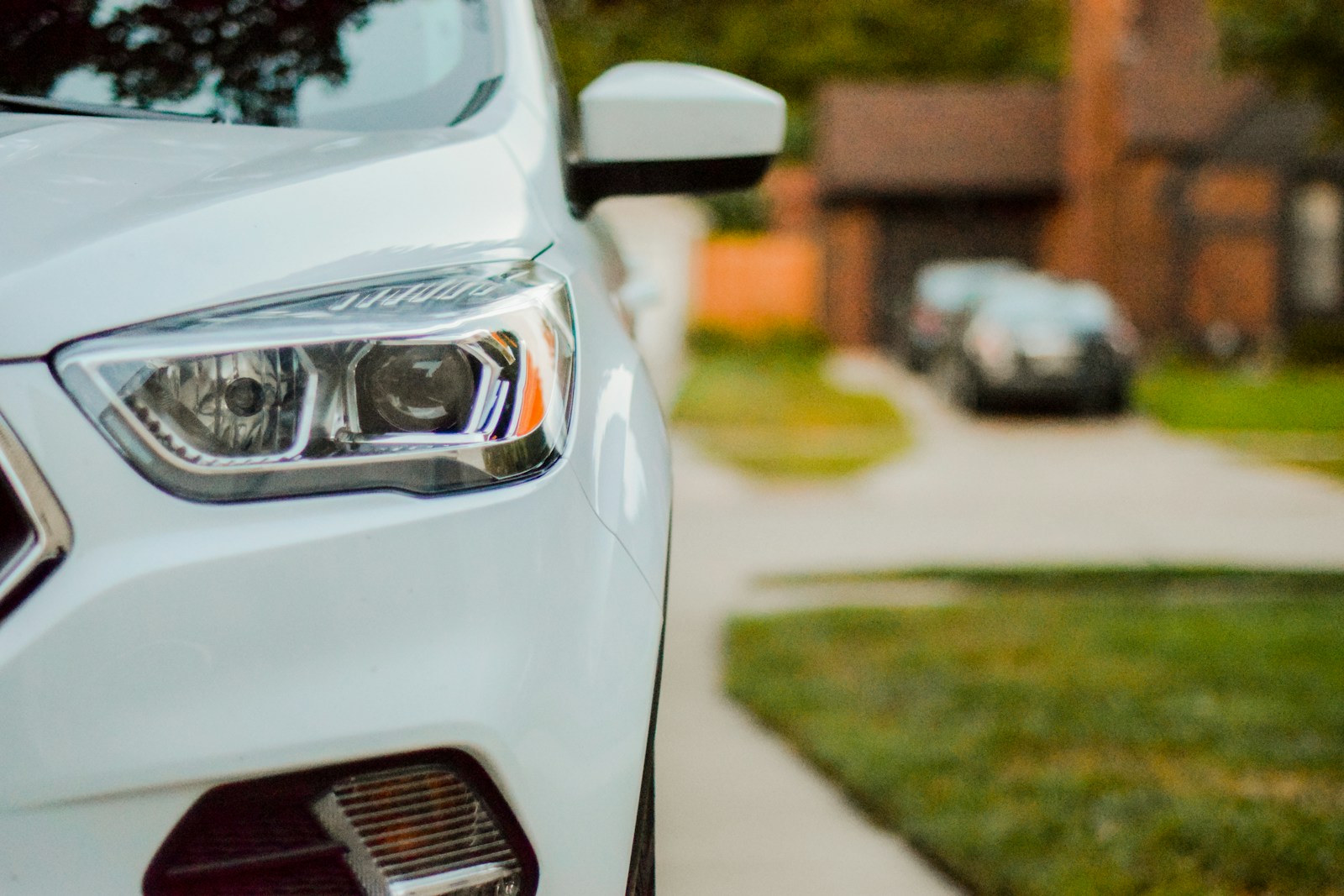
You can get GAP coverage in a few different ways, and the price depends on where you buy it:
1. From the dealership
- $400–$800 (one-time cost)
- Usually rolled into your financing (which means you pay interest on it)
- Not the best deal
2. From your insurance company
- $5–$15/month on top of your regular premium
- Can be added to your collision/comprehensive policy
- Easy to cancel when no longer needed
3. Through a third-party provider
- Often cheaper than dealers
- Can vary based on loan terms and car value
✅ Pros and Cons of GAP Insurance
Pros:
- Peace of mind during the riskiest years of your loan
- Protects your credit and savings
- Often required on leases
Cons:
- Adds cost to your monthly payments
- Not useful if you’re not upside-down on your loan
- Dealerships may overcharge
📆 When Can You Cancel GAP Insurance?
As your car depreciates more slowly and your loan balance drops, the “gap” eventually disappears. Once you owe less than your car’s current value, GAP insurance is no longer necessary.
Pro tip: If you purchased it through your insurer, you can call and cancel it at any time.
📋 Summary Table
| Feature | GAP Insurance Covers? |
|---|---|
| Loan balance above car value | ✅ Yes |
| Stolen car | ✅ Yes |
| Car repairs after accident | ❌ No |
| Missed loan payments | ❌ No |
| Deductible (usually) | ❌ No |
🤔 Final Verdict: Do You Need GAP Insurance?
If you financed or leased your car recently, GAP insurance is usually a smart move — at least for the first few years. Especially if you have:
- A small down payment
- A long-term loan
- A car that depreciates quickly
But if you own your car outright or you’re already ahead on your payments, it’s probably not worth the extra cost.
In short: GAP insurance isn’t glamorous — but it could save you thousands if something unexpected happens.
📌 FAQs
1. Is GAP insurance worth it on a used car?
Yes, but only if you financed it and you’re underwater on the loan. Used cars still depreciate, and you could owe more than it’s worth — especially early in the loan.
2. Is GAP insurance required?
It’s usually required for leases, but not for financed purchases. However, lenders may recommend it, especially with low down payments or long loan terms.
3. Can I add GAP insurance after I buy the car?
Yes, most auto insurance companies let you add GAP insurance within the first 12–24 months of your loan. Just call your insurer or add it through your online portal.
If you’re unsure whether GAP insurance is right for you, talk to your insurance agent or compare quotes online. Spending a few minutes today could save you thousands later.
Let’s Talk Cars
Have a question? A suggestion? Just want to say hi?
You’re in the right place.
Use the form below to reach out to the AutoSpecs Daily team. We're happy to hear from readers, car lovers, first-time buyers, and anyone who's got something to share.
What can you contact us about?
- Feedback on one of our articles
- Ideas for new topics you'd like us to cover
- Questions about cars, gear, or general auto advice
- Media, partnership, or brand inquiries
- Anything else that's on your mind
We check every message that comes through and do our best to respond within 2 to 3 business days.
We don’t list an email address here to avoid spam, but the contact form is the best and fastest way to reach us.
Thanks for stopping by. We're glad you're here.
